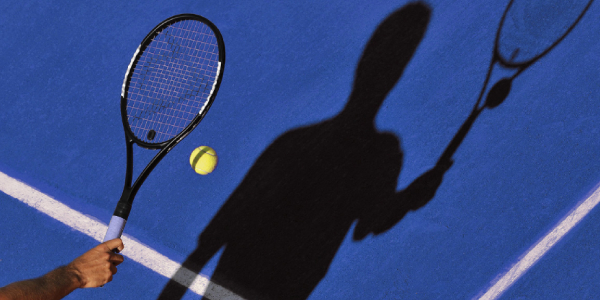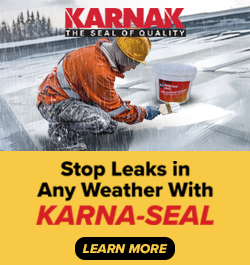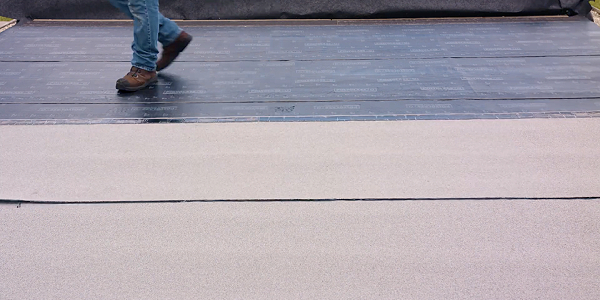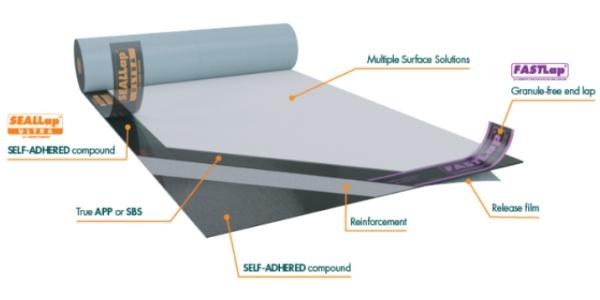UP TO THE MINUTE
Building better sports facilities: The business case for investing in cooler court surfaces

By Tom Magner, California Sports Surfaces.
For resilient, next-generation sports facilities, new sports surface technologies are available that can help maximize durability, longevity and player comfort.
Sports facility managers have a lot on their hands. Typically responsible for the operations, maintenance and overall management of public parks, stadiums, arenas, gyms and community centers, it’s their job to ensure that the athletic environment is in safe and optimal working condition for a wide range of athletes.
One of the most important assets of a sports facility, of course, is its playing surfaces. Whether within a public park or a championship-caliber facility, something like a tennis court must function reliably under a broad range of weather conditions. Durability is key to prevent safety-compromising cracks or crevices. Minimal maintenance is ideal so facility managers can attend to their other responsibilities. And increasingly, playing surfaces that actively contribute to player comfort and confidence are in demand.
That brings us to coatings technology. Advancements in available formulations have made it possible for facility managers to elevate their playing surfaces to new heights, all without sacrificing long-term reliability and maintainability. Let’s explore what’s achievable with the right solutions.
Turning down the heat
One of the most critical factors that can impact athletic performance is heat. Excessive heat can affect physical performance, increase the risk of heat-related illnesses and pose challenges to overall player health and safety. Dehydration, heat stress, muscle fatigue and cramping, cognitive function are all risks that players undertake when playing in high-heat conditions.
Again, consider tennis as a prime example. Tennis matches can be long, sometimes lasting several hours, which exacerbates heat exposure. The physical and mental toll of prolonged play in excessive heat can be significant.
More significantly, however, is a tennis court’s capacity to absorb and radiate heat due to its physical and material properties. This is especially true of hard surfaces like asphalt and concrete, common court materials that have high thermal conductivity — meaning they can absorb heat quickly, particularly on a hot and sunny day. Asphalt and concrete also have a high heat capacity, meaning they can store a significant amount of heat that does not easily dissipate.
Under such conditions, the surface of a hard court can become significantly hotter than the air temperature — potentially reaching up to 140F (60C) on a hot day. Further, the heated court radiates heat back into the surrounding air, creating a hotter microclimate around the court. These intense conditions can lead to faster dehydration, increased heart rates and greater fatigue. It also increases the risk of heat-related illnesses like heat exhaustion and heat stroke.
Finally, in addition to the risks a hot court can pose to players, excessive heat can also contribute to accelerated court degradation. Degraded surfaces can lead to injury risk for players, while introducing further maintenance challenges for facility managers.
The impacts of reflective coatings
Considering these risks, sports facility managers have the obligation to best protect athletes. In addition to strategies like shade structures, one of the most effective heat mitigation methods for tennis, pickleball, netball and multisport applications is the installation of reflective surface coatings.
Specially designed reflective coatings can reduce heat absorption by reflecting more sunlight, helping to keep the surface cooler and more comfortable. The results of such a strategy speak for themselves: Kelvin Orsi, head coach and manager for Mudgeeraba Tennis Club in Queensland, Australia, recently resurfaced his club’s courts with a high-performance reflective coating.
“When we played on the surface for the first time after they were completed, I was extremely happy and surprised how much cooler the court was. Our members have even commented on how much cooler the courts are to play on now,” Orsi said. “You don’t get the rise of heat coming off the courts that you get from the normal surface. We definitely feel the difference.”
Choosing the right reflective coating
Not all sports surface coatings are created equal, so for professionals, it’s important to select and specify coating technology that delivers the right performance characteristics.
Consider that infrared light contains more than 50 percent of the sun’s energy, and not all reflective surface coatings are designed with this in mind. But unique formulations are available that contain specifically designed pigments to reflect light in the infrared range. Such a solution can be particularly effective in warm climates that experience significant sunlight during the summer months.
Elsewhere, it’s important that your surface coating has been fully tested to perform as intended. For example, California Sports Surfaces CoolTop® Cool Pigment Technology has been tested to ensure it does not increase ambient air temperature above the court surface, and external labs tested the new CoolTop® product range against other products in the market and verified that CoolTop® has a higher total solar reflectance (TSR) percentage, which measures a surface coating’s reflective capability. While temperature reductions will vary depending on location, surface color and site conditions, with TSRs 20-30 percent higher than standard coatings, California Sports Surfaces’ CoolTop® technology retains less heat, reducing court temperature and providing optimal playing and practice environments.
Coatings technology for a wide variety of sports surfaces has evolved significantly, with increased benefits for both facility managers and players. It’s worth the investment — for safety, longevity and high-performance athletic activity.
About Tom Magner
Tom Magner is director of product management for California Sports Surfaces, an ICP company. Tom has almost three decades of experience bringing high-performance sports surfaces to life in some of the most demanding and critical applications in the world, including multiple Olympics tournaments and other high-profile competitions around the world. He holds a bachelor’s degree from Penn State University.
About California Sports Surfaces
Founded in 1953, California Sports Surfaces started with a small team with a passion for advancing current sports surface technology. Their innovative engineers invented a durable, more comfortable surface platform that promotes more fluid game play while enhancing athletic performance. Today the California Sports Surfaces brand leads the industry with their exclusive technology advancements, evolving the game play of a wide variety of professional sports.
Learn more about California Sports Surfaces in their Coffee Shop Directory or visit www.CaliforniaSportsSurfaces.com.



















Comments
Leave a Reply
Have an account? Login to leave a comment!
Sign In